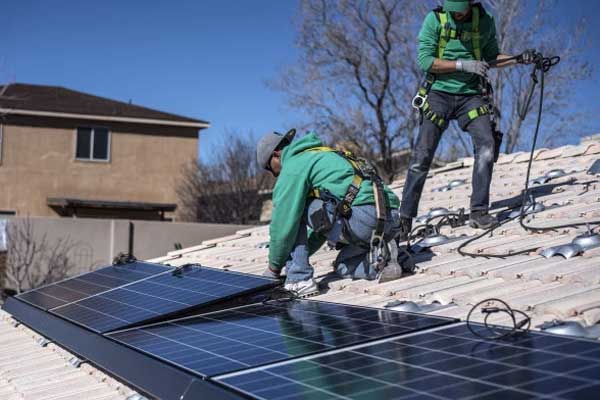A new research project out of King Abdullah University of Science and Technology does just that.
It starts with a typical solar panel—which can only turn about 20% of the energy into electricity while losing the other 80% to the air as heat.
“The heat was considered as waste . . . until our device (to the best of my knowledge),” writes lead researcher Peng Wang over email. Because what his team’s system does is use that lost heat to purify water.
How? The ambient heat is directed to a system of tubes pumped full of seawater.
Once warmed, the seawater evaporates up through several fibrous quartz glass membranes, which purifies water by filtering it through tiny capillaries. At the same time, conductive layers inside the tubes continue to recapture heat, to feed the evaporative process again and again.












Comments